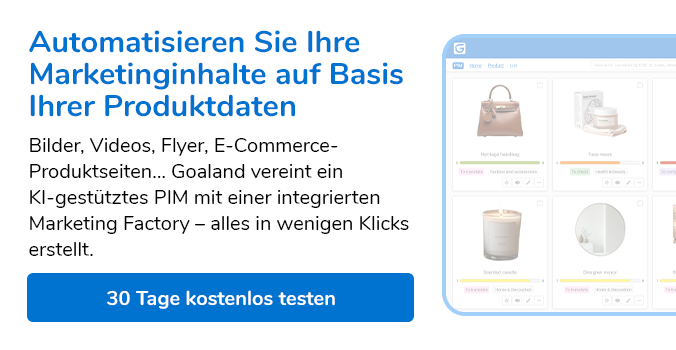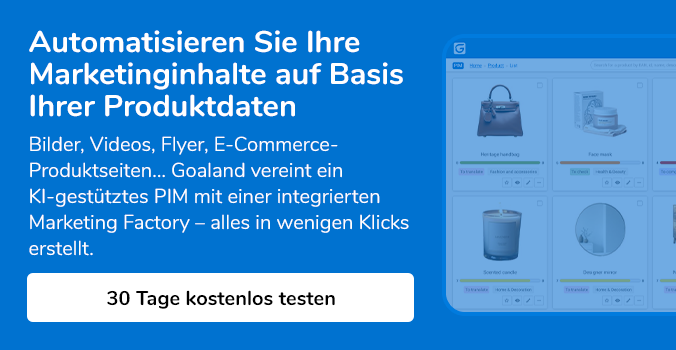A website is a crucial presentation channel for any business, informing visitors about a company and/or a specific brand: product offer, activities, values… and is a means of greatly increasing online visibility.
To get the most from this channel, it is essential to implement dedicated solutions two of which are PIM (Product Information Management) and CMS (Content Management System).
Find out what characterizes each of these solutions and how to use them together to get the most from your website.
#CMS: definition and uses
CMS (Content Management System) are software solutions for creating websites: showcase site, blog, online portfolio… and administering them without needing to master HTML.

With a CMS, businesses save time and resources. They have easy access to the different themes provided by the solution and can download free and/or paying plugins to benefit from additional features: manage user access, program online publications, optimize SEO… As an example, there are around 60,000 free plugins1 and 9000 free themes1 available in the WordPress extensions directory.
There are several different CMS solutions on the market: WordPress, Drupal, Joomla… Finding the CMS that works best for you requires attentively studying and comparing these solutions: customization options, costs, responsive design…
#PIM: definition and uses
PIM (Product Information Management) is a software solution enabling you to manage product information optimally and to improve data quality. PIM interfaces with the other IS solutions in the business: ERP, CRM, Excel files… and centralizes all the product data (marketing, logistics, technical…) they contain to become the company's unique product repository.
Through this single data base, your Product and Marketing teams can improve the quality of your product data and distribute it on all the presentation and selling channels used by the company: Marketplaces, social selling, distribution networks… and of course on your own website.
This solution is a considerable time saver in the process of managing product information which is managed 6 times faster2 with a PIM than when using Excel files. It also reduces the risks of errors in the product information your circulate and increases your online conversions by 20 to 50%2.
Businesses are increasingly turning towards PIM solutions, with 50% of them2 using them to manage all of their product references and associated information. To choose the best PIM for your business you should compare the different PIM solutions available: integration with the existing Information System, proprietary model or open source, costs… and check that the solution's features match your needs.
#PIM and CMS: combine them to make the best website
#PIM vs CMS: two distinct solutions
PIM and CMS are two distinct solutions responding to different needs.
CMS is designed to create a website that's easy to manage: publication, modification, removal… However, these solutions are not suitable for managing thousands of product data items on multiple channels, in various languages and in many different countries.

PIM takes data management further and has dedicated features for managing the product data optimization process upstream of the website: checking translation quality, ensuring the correct adaptation of data to each distribution channel, proofreading, and approving… A workflow system also enables each contributor, according to their user rights, to enrich product data and ensure that the information is of the best possible quality before publication.
#Combine PIM and CMS smartly
PIM and CMS are complementary and can contribute together to the success of your website and to the quality of the product information published on it: 85% of shoppers3 see this information as important when choosing a brand and/or retailer.
PIM can interface with the company's CMS (Content Management System) allowing Product and Marketing teams to improve the quality of product information (enrich, contextualize, approve…) and guarantee its reliability before importing into the relevant CMS.
So, what have we learned? You should use PIM (Product Information Management) and CMS (Content Management System) together to create a powerful website and to supply it with high quality product information: HD photos, detailed marketing descriptions, technical features…
1
Fitzgerald, A. (2022, January 17). 20 WordPress Statistics You Should Know in 2022. blog.hubspot.com.
2
Ash, S. K. (2022, March). Product Information Management (PIM) Statistics That Matter Right Now. plytix.com.
3
ThinkwithGoogle. Product information preference statistics. thinkwithgoogle.com







